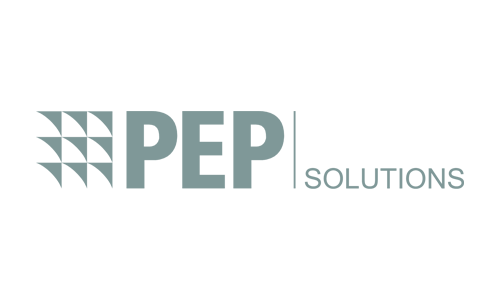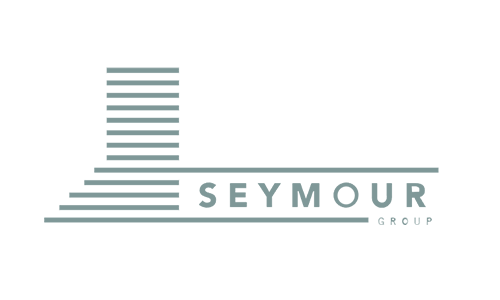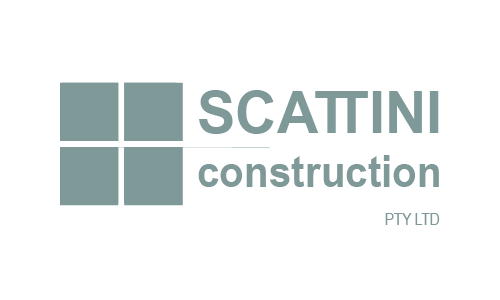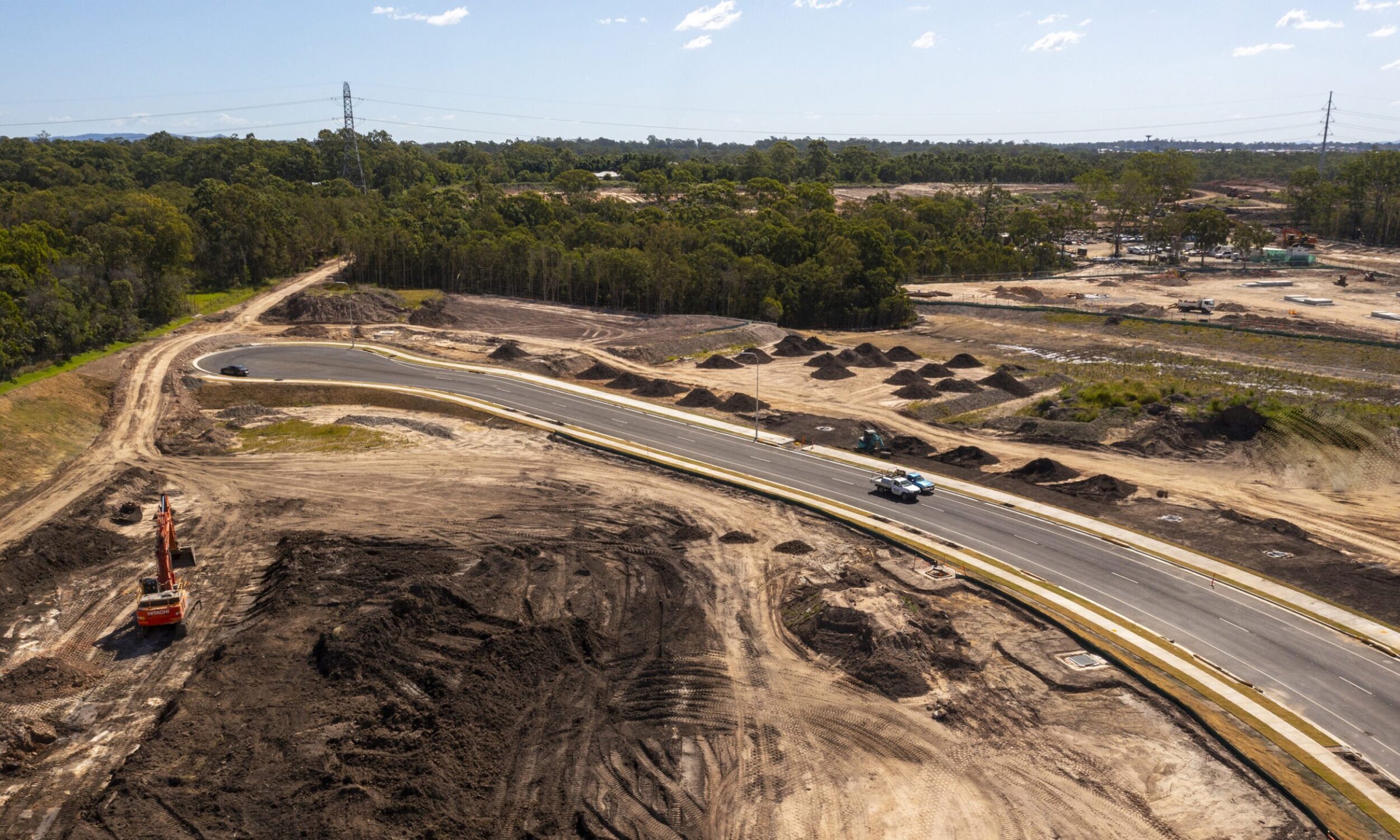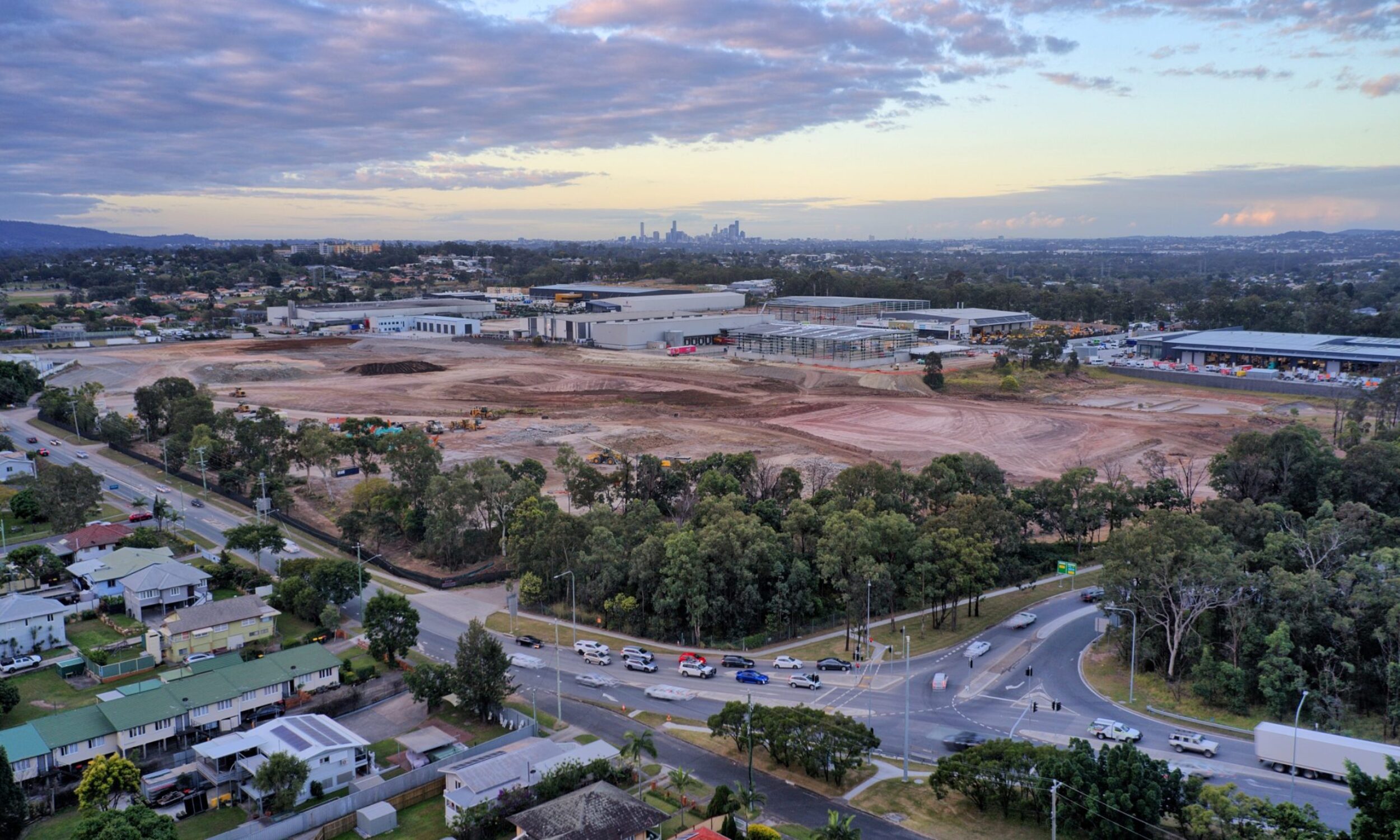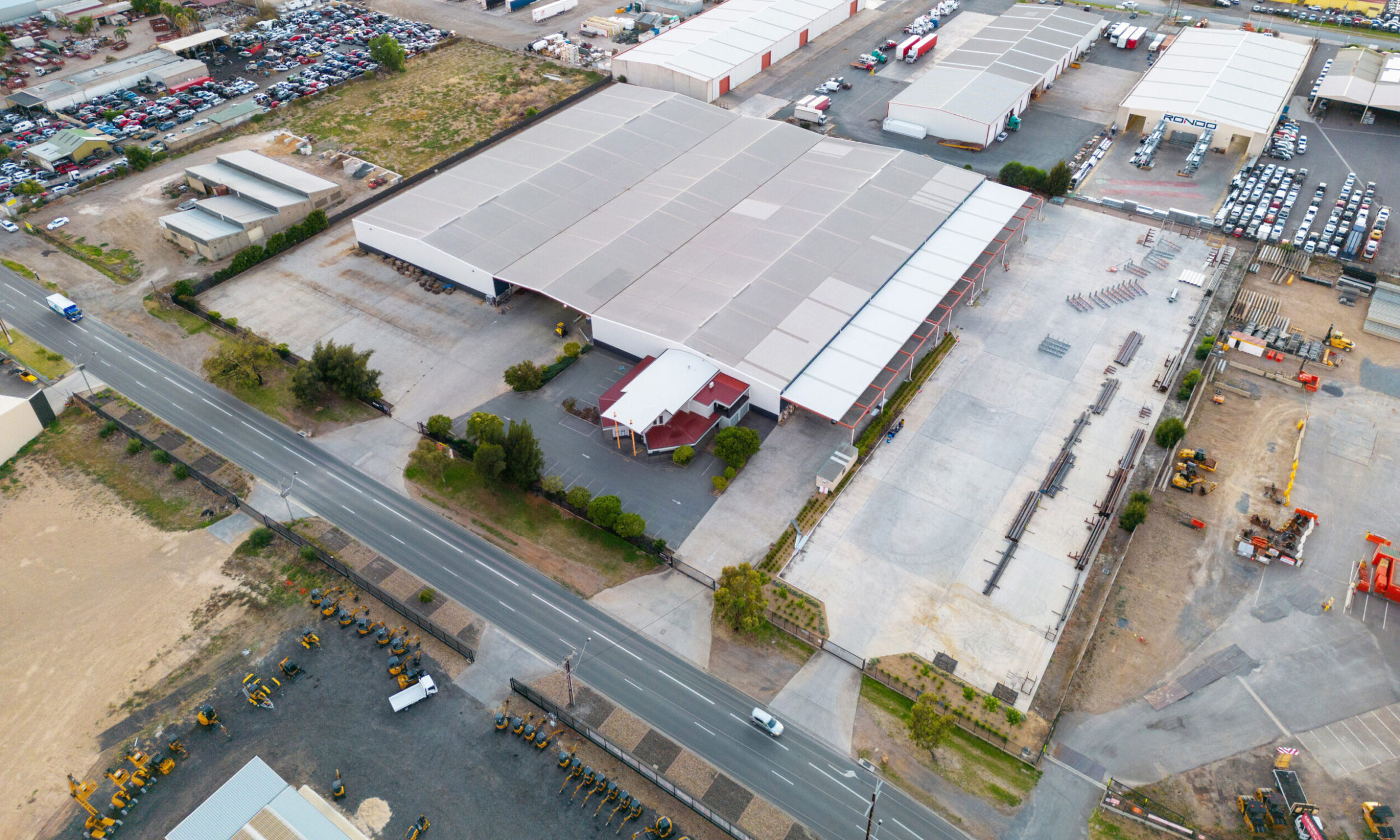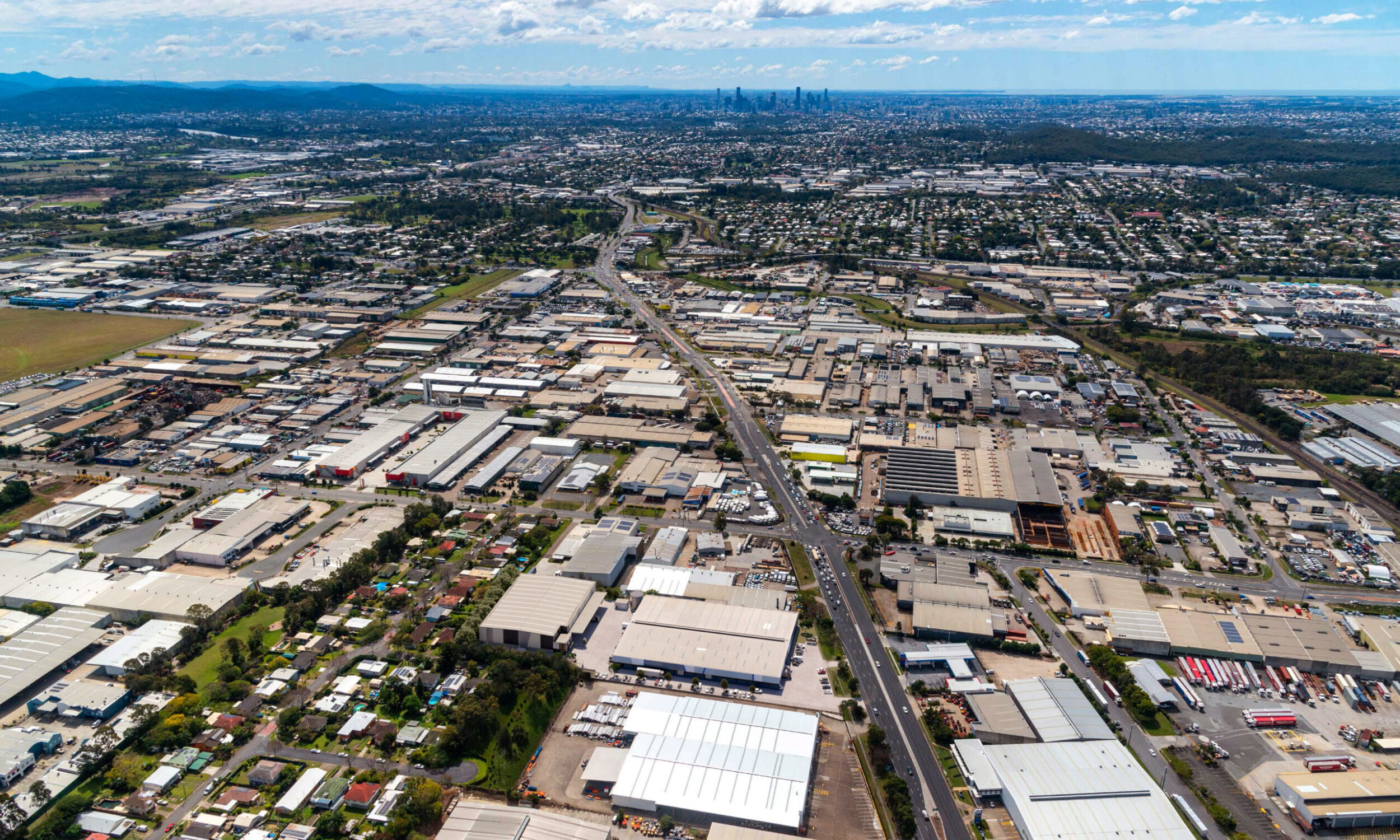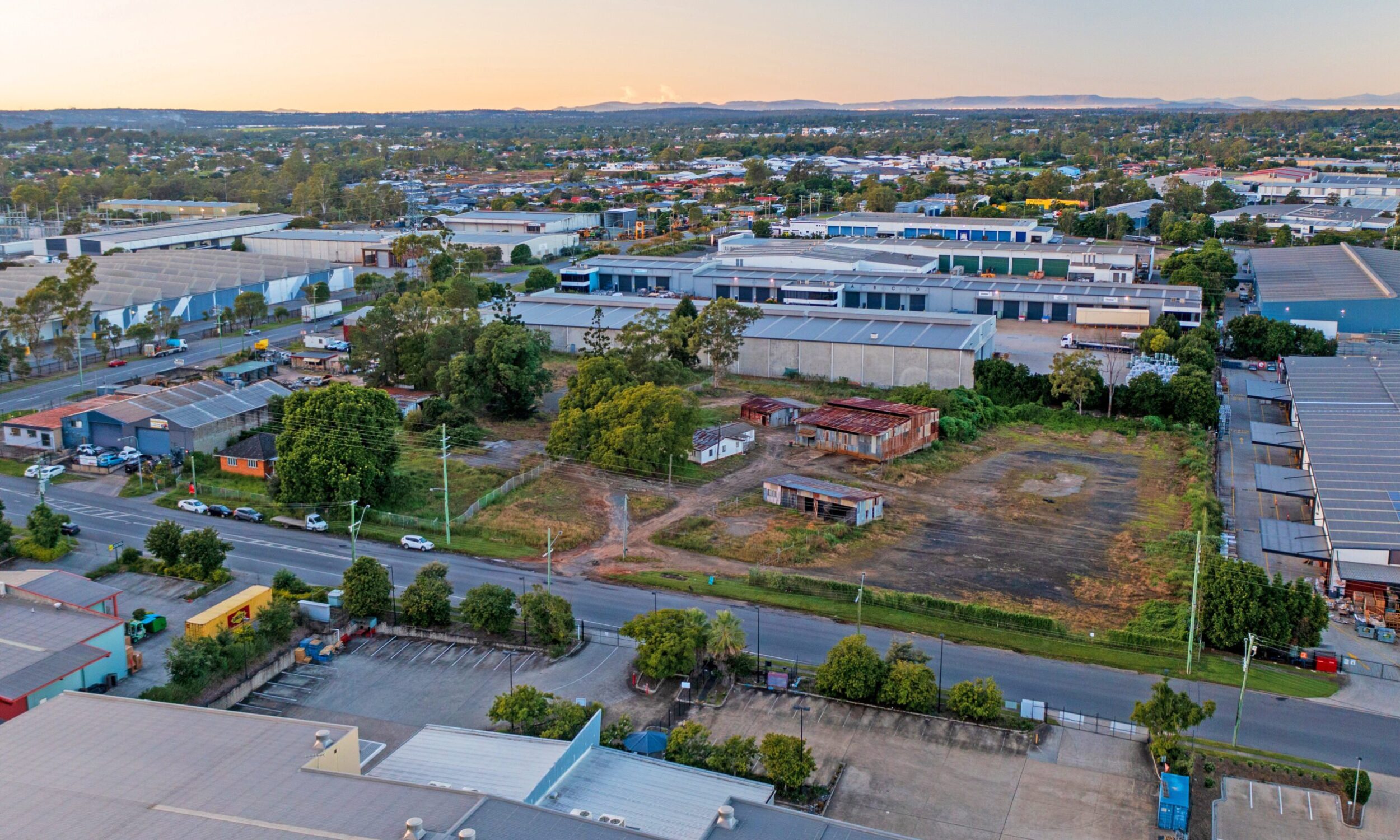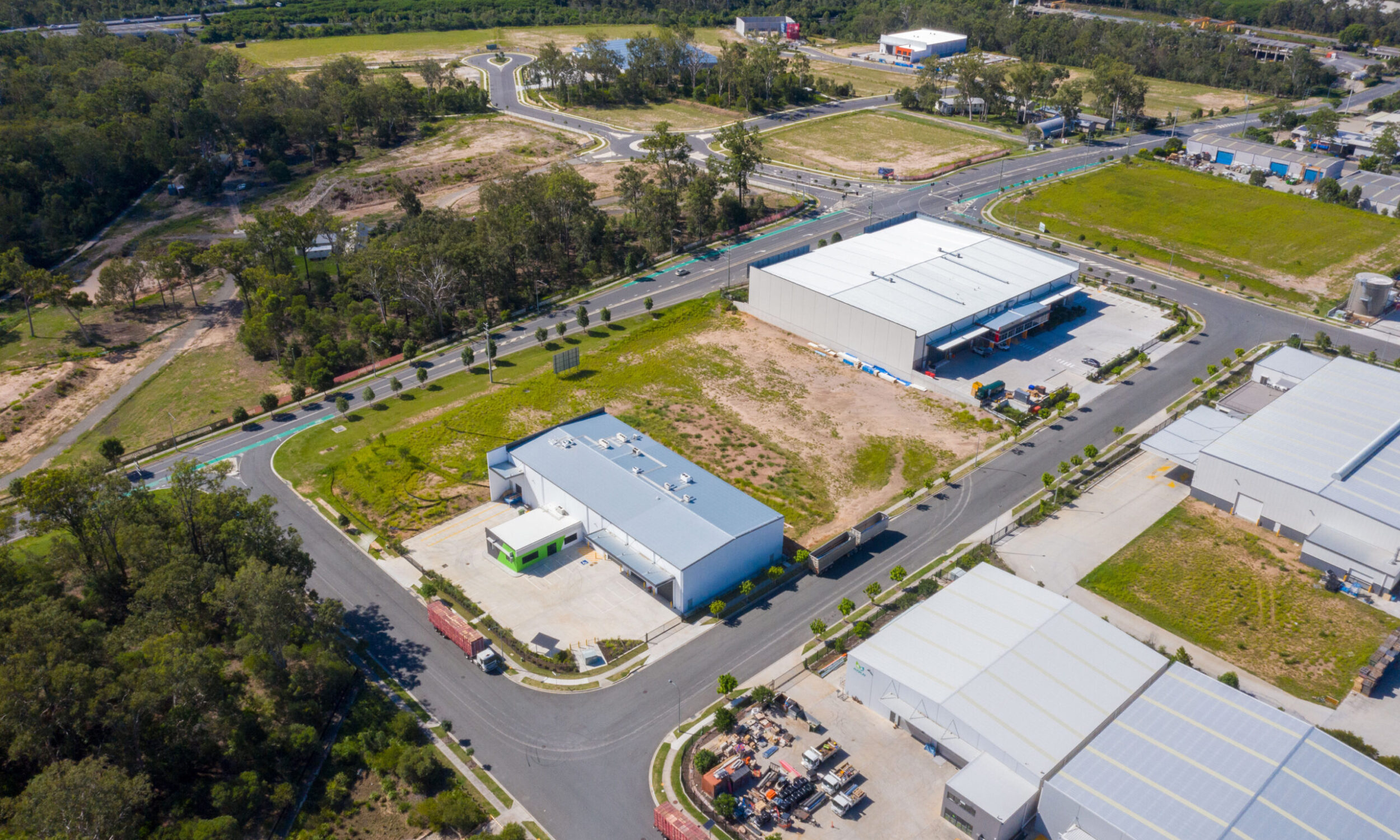nu .

ESG and Sustainable Development Are Now Non-Negotiable
Environmental, Social, and Governance (ESG) priorities have moved from optional to essential. Occupiers are demanding spaces with lower environmental impact, and institutional investors are increasingly funnelling capital into assets with strong sustainability ratings.
Key 2025 developments:
NABERS and Green Star ratings are influencing leasing decisions.
Net zero carbon commitments are impacting construction materials and building systems.
ESG reporting is becoming standard in major leasing deals.
Assets with green credentials are achieving stronger rental growth and lower vacancy rates across office and industrial sectors.
2. The Rise of AI and Proptech in Leasing and Asset Management
Automation and digital integration are transforming how commercial assets are managed and marketed. AI tools are now used to analyse tenant behaviour, optimise energy use, and streamline leasing processes.
Examples of 2025 applications:
AI chatbots managing leasing inquiries and bookings
Smart building systems adjusting lighting, HVAC, and cleaning schedules
Predictive analytics for maintenance and investment risk
Proptech is enabling better tenant engagement and smarter asset performance, particularly in larger portfolios.
3. Flexibility as a Standard Offering
The shift to hybrid work and fluctuating workforce needs has made flexible space solutions a mainstream demand in office leasing. Landlords are responding by integrating co-working, short-term leasing options, and space-as-a-service models into traditional offerings.
What we’re seeing in 2025:
Flex floors within office towers managed by third-party operators
Lease terms dropping from 5–10 years to 1–3 years for SMEs
Occupiers demanding scalability and built-in fitouts
Flexibility is no longer a niche—it’s the baseline expectation in competitive office leasing.
4. Urban Industrial Intensification
Industrial land scarcity in inner and middle ring suburbs has triggered a new wave of vertical and higher-density logistics developments. With last-mile delivery and e-commerce demanding proximity to population centres, creative site utilisation is key.
Emerging industrial trends:
Multi-storey warehousing in urban areas (e.g. Sydney’s inner west, Melbourne’s north)
Redevelopment of underutilised commercial lots for logistics use
Hybrid commercial-industrial spaces for light manufacturing and showrooms
Land values are being pushed up by competition between logistics, self-storage, and light industrial sectors.
5. Data-Driven Decision Making in Property Strategy
Across all sectors, commercial property players are leaning heavily into data to inform decision-making. From site selection to leasing strategies and tenant retention, real-time insights and forecasting tools are now integral to success.
Examples in use:
Heatmaps showing tenant churn risk
Demographic and infrastructure overlays for site targeting
ROI modelling on ESG upgrades or spec fitouts
The availability of rich datasets is reshaping how agents pitch, how developers plan, and how tenants choose space.
Bonus Watchlist: Other Trends to Monitor
Workforce decentralisation: Regional hubs continue to grow.
Retail recovery: Neighbourhood and essential service retail remains strong.
Cybersecurity in smart buildings: As connectivity increases, so do risks.
Final Thoughts
2025 is a pivotal year for Australia’s commercial property sector. These five major trends—ESG, AI, flexibility, urban intensification, and data-led strategy—are setting the foundation for the next decade of development and investment.
For property professionals, adapting to these changes isn’t just a smart move—it’s a necessary one.
Get a free quote
Whether you’re selling land, securing approvals, or launching a campaign — we’ll help you visualise it clearly and move faster to market. Fill out the form below and we’ll send through a free tailored quote for your next commercial or industrial development.
